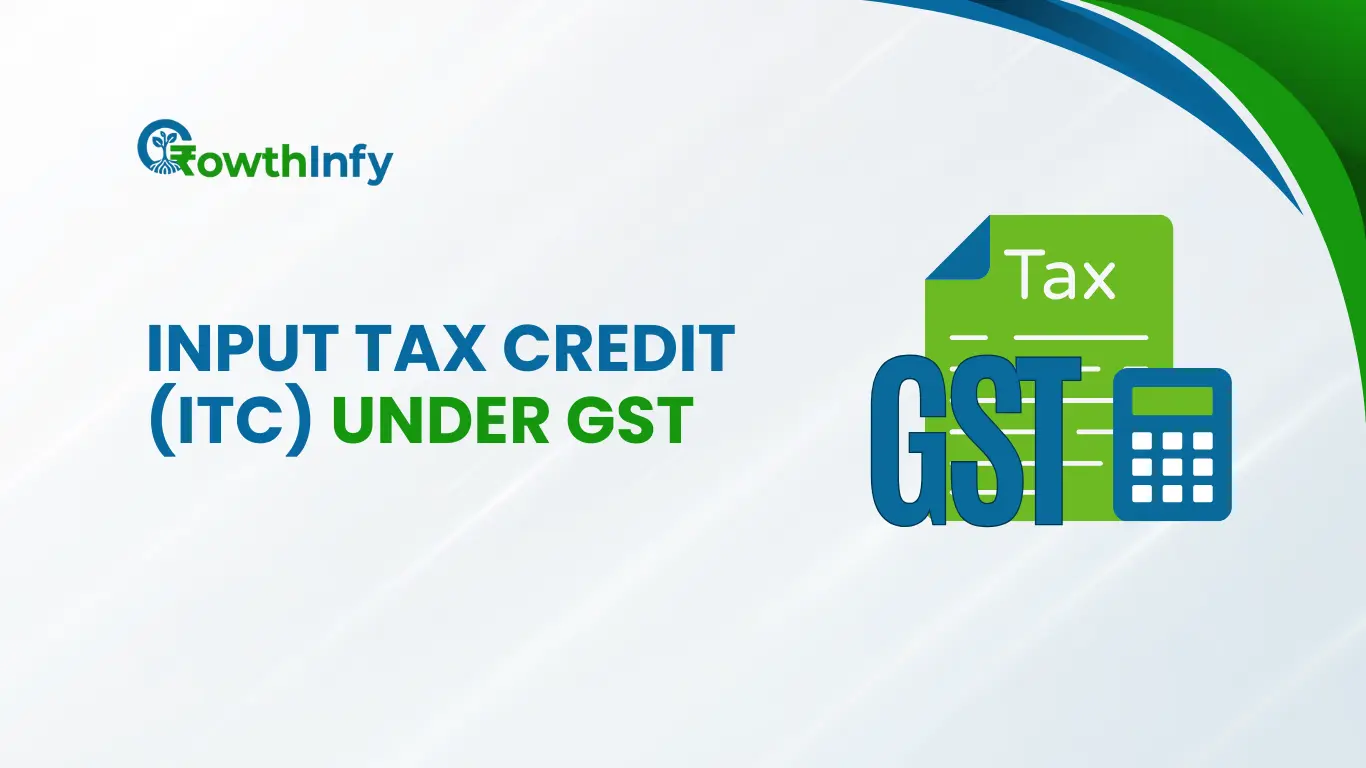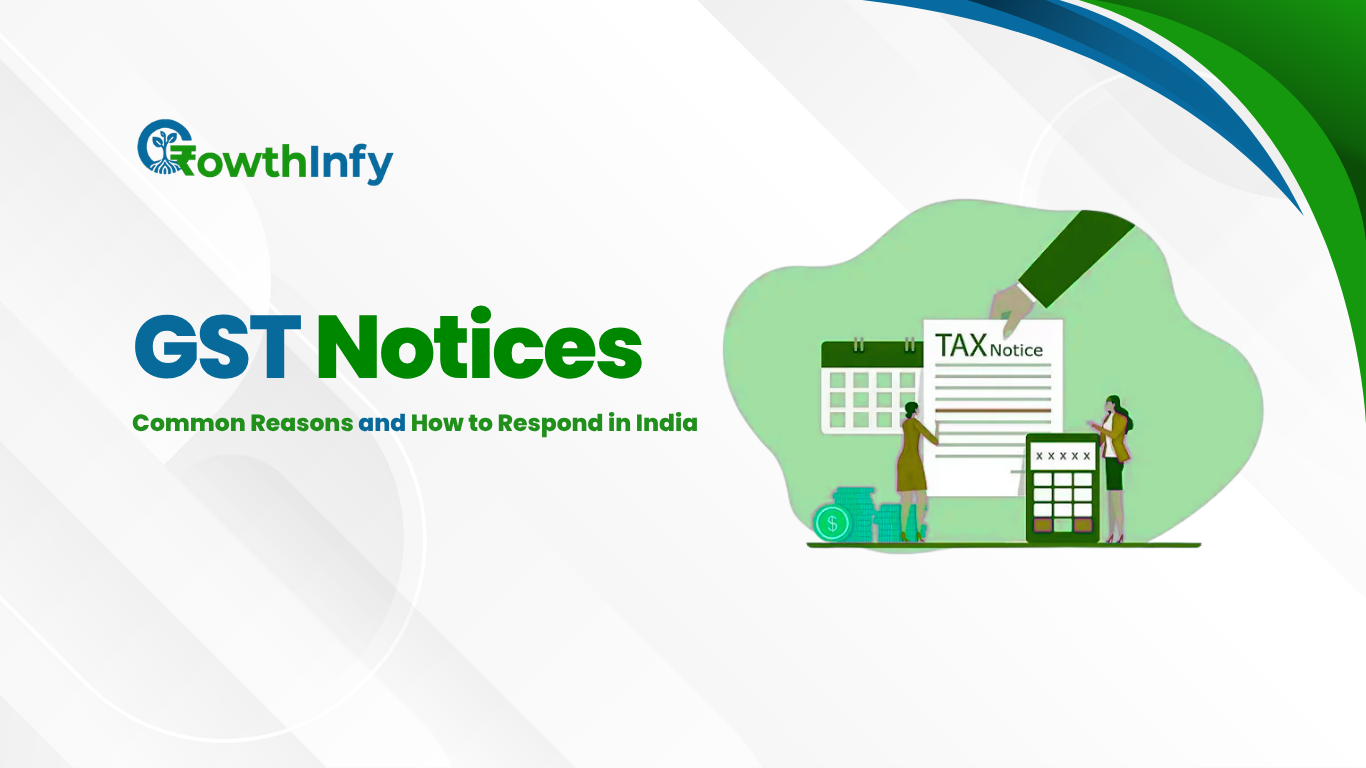What Is Input Tax Credit (ITC) and How to Claim It?
With the Input Tax Credit (ITC), companies in India can take advantage of an important attribute under the GST system. It grants companies credit for GST paid on purchases or expenses made for business purposes, thereby reducing their overall tax burden. For any company to maximize cash flow and ensure compliance with the act, it will be important that they understand what input tax credit is and how to ask for it under GST.
To make ITC a prime resource for companies in taking full advantage of GST tax planning, we will go through the concept of ITC, its advantages, eligibility requirements, procedure to claim, and recent developments.
What Is Input Tax Credit?
Input Tax Credit refers to the credit a registered taxpayer receives for the GST paid on inputs (goods or services purchased) that are used in the course of business. You can deduct this input tax from your output tax liability (i.e., the GST you collect from customers).
What Is Input Tax Credit under GST with Example?
Suppose you are a manufacturer:
1. GST on your sales (output tax) = ₹10,000
2. GST paid on purchases (input tax) = ₹6,000
3. Net GST payable to government = ₹10,000 – ₹6,000 = ₹4,000
Such adjustment of input tax against output tax is called Input Tax Credit under GST scenario.
Input Tax Credit is that credit which a registered taxpayer gets in respect of GST paid on purchase of inputs (goods or services) used in the course of business. This input tax may be adjusted against the output tax payable (GST charged from customers).
Who Can Claim Input Tax Credit?
To claim ITC, a person must:
- Register for GST.
- Have a legitimate tax invoice or debit note on hand.
- Have received products or services
- Verify that the supplier has submitted a GSTR-1 and paid GST to the government.
- Properly file GSTR-3B.
- Within 180 days of the invoice date, pay the supplier.
- Not included in the composition scheme
- Not deduct depreciation from capital goods’ tax component
What Can Be Claimed as Input Tax Credit?
ITC can be claimed on goods and services used only for business purposes. However, there are specific exclusions.
Ineligible ITC under GST (As per Section 17(5) of CGST Act):
- Motor vehicles for personal use
- Food and beverages, outdoor catering (unless obligatory under law)
- Club memberships, health & fitness services
- Construction of immovable property (except for plant and machinery)
- Goods lost, stolen, written off, or given as gifts
- Documents Required to Claim ITC
To claim ITC, maintain the following documents:
- Tax invoice issued by supplier
- Debit note (if applicable)
- Bill of entry (in case of imports)
- ISD invoice (for input service distribution)
- Any document as prescribed under GST rules
How to Claim Input Tax Credit Under GST?
Claiming ITC is a step-by-step process that must be done with accuracy to avoid penalties.
Step-by-Step Process to Claim ITC:
- Reconcile purchase register with GSTR-2B (auto-generated ITC statement)
- Ensure supplier has filed GSTR-1 and invoice reflects in GSTR-2B
- File your GSTR-3B return
- Report the eligible ITC in Table 4A of GSTR-3B
- Reverse any ineligible ITC in Table 4B
- Match and validate using the Invoice Management System (IMS)
Note: From 1st January 2022, provisional ITC is no longer allowed. You can only claim credit for invoices that appear in your GSTR-2B.
Time Limit to Claim ITC
For example, if an invoice is dated 10th March 2025, you must claim ITC by 30th November 2025, or before you file the annual return for FY 2024-25.
- ITC must be claimed by November 30 of the subsequent fiscal year, OR
the annual return filing date, whichever comes first.
For instance, you must claim ITC by November 30, 2024, or prior to filing the annual return for FY 2023–2024, if the invoice is dated March 10, 2024.
Reversal of Input Tax Credit
ITC must be reversed in specific situations:
- Payment to supplier not made within 180 days
- Goods/services used partly for personal use or exempt supplies
- Credit notes issued post-supply
- Capital goods used for both exempt and taxable supplies
- ITC claimed but later found ineligible or mismatched
- Such reversals must be reported in GSTR-3B and may attract interest.
ITC Reconciliation – Why It Matters?
ITC reconciliation ensures your GSTR-3B claims match with:
- Your purchase register
- The supplier’s GSTR-1 (via GSTR-2B)
- The Invoice Management System (IMS)
Failure to reconcile accurately may result in GST notices, demand for excess claimed ITC, and potential penalties.
Automating ITC Claims – The Smart Way Forward
With GST compliance becoming more digitized, using automation tools like GST reconciliation software helps:
- Match invoices across GSTR-2B, IMS, and purchase register
- Identify mismatches and take corrective actions
- Auto-calculate ITC reversals
- Maintain audit trails and documentation
- This reduces errors, ensures timely filing, and maximizes your eligible ITC.
Current Input Tax Credit Updates (per Union Budget 2025)
- Section 34 Amendment: If the supplier issues a credit note, the ITC has to be reversed.
- Section 38 Amendment: Invoice-level validation through IMS is now required after the term “auto-generated” was eliminated.
- Section 128A Relief: Notification No. 21/2024 exempts certain non-fraudulent ITC claims from 2017–2020 from interest and penalties.
Conclusion
Every GST-registered business in India must comprehend what input tax credit (ITC) is and follow the proper procedure for claiming ITC under GST. In addition to lowering tax outflow, accurate compliance enhances cash flow overall. Using automation tools and keeping up with legal changes will guarantee that you’re always ahead of compliance challenges as the GST law becomes more data-driven and reconciliations more complicated.
FAQs
Q1. Is it possible to claim ITC on capital goods?
Yes, if they are used for business and not claimed as depreciation.
Q2. Can ITC be claimed on exempt supplies?
No, ITC is not allowed for inputs utilized for making exempt supplies.
Q3. What if my supplier fails to file GSTR-1?
You cannot claim ITC unless the supplier files GSTR-1 and it gets reflected in your
GSTR-2B.
Q4. Am I entitled to claim ITC under the composition scheme?
No, businesses under the composition scheme are not entitled to ITC





Pingback: Rule 88B of CGST Rules: Interest on Delayed GST Payment
Pingback: GST on E-Commerce: What Sellers and Buyers Should Know - Growthinfy